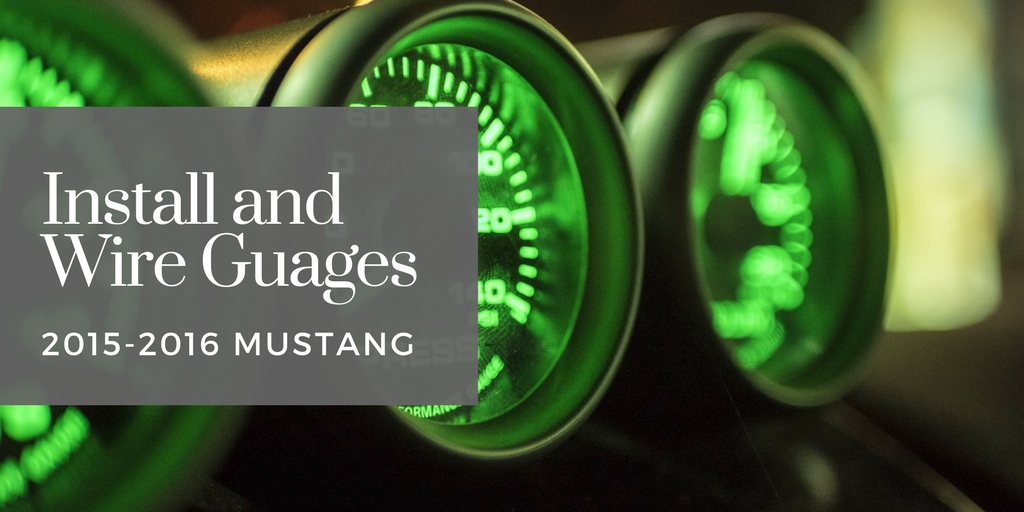Part of the Ford Mustang’s allure is the comfy, well-appointed cockpit. Everyone who has ever owned a Mustang usually has plenty of positive things to say about the car’s driver-friendly quarters.
But just like everything else about the Mustang, the driver’s area is one more place to modify and upgrade. To show off a little. To add extra function – and fun. One way to spruce up your ‘Stang and also bring a high-performance factor to the cockpit is with an auto meter gauge. If you’re looking for one, you’ve come to the right place; PFYC.com sells a premium assortment of top-end Mustang gauges at outstanding prices.
If you want to install Mustang gauges yourself, read this first. We’ll review some things to look for, and also explain why certain gauges (like the oil gauge, for instance) are much more involved than others.
Installing Gauges on Your 2015-2016 Mustang
Let’s look at the three of the most common gauge installation projects:
- Speedometer
- Tachometer
- Oil Temperature Gauge
The speedometer and tachometer gauges are simple and straightforward, while the oil temperature gauge takes more time and effort.
All gauges require initial mounting. The process is described below:
- Find a suitable, easy-to-view mounting location.
- Mark the outline of your new gauge with a pencil or marker.
- Draw the perimeter of your gauge.
- Drill the hole with a common file bit, using multiple drill marks around the marked hole.
- Mount your new gauge with the provided hardware. Some gauges utilize an adhesive pad. Follow the manufacturer’s suggested instructions.
Now it’s time to wire and connect your Mustang gauge.
For the speedometer installation, you should first determine which type signal is sent by your Mustang’s transmission: cable or electronic pulse. while newer models use the electronic signal. If you’re installing a cable-driven system, your gauge will have a threaded cable input. For electronic speedometer signals, you’ll have to calibrate the signal to your specifications.
The tachometer gauge installation, identify the lead wire and connect to either the tachometer output (aftermarket systems) or existing coil. Select your engine cylinder size with the new tachometer gauge’s switch.
If you’re installing an oil temperature gauge, you’ll also have to pay close attention to the installation instructions. Most electric temp gauges require the sender wire unit to enter the engine compartment


